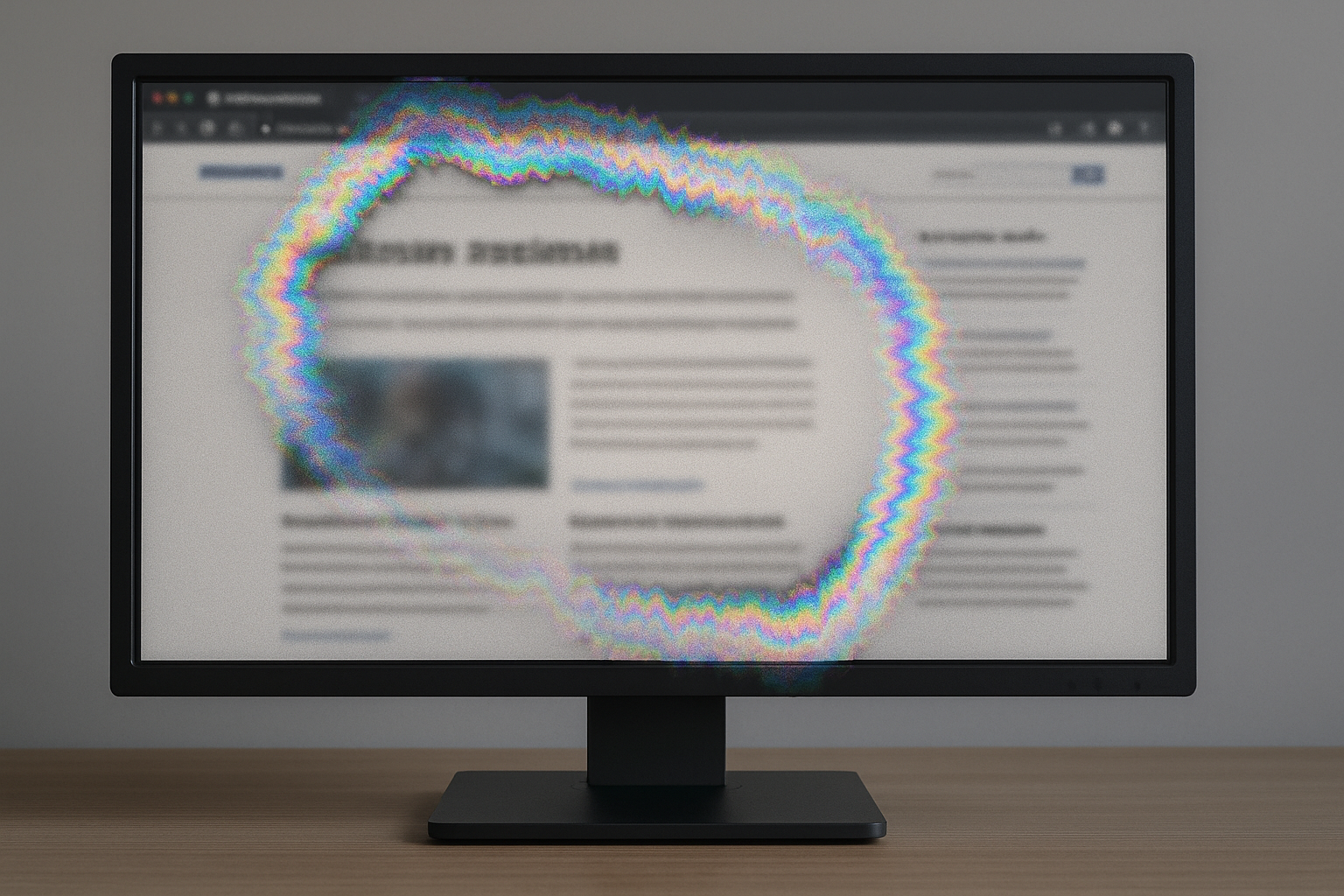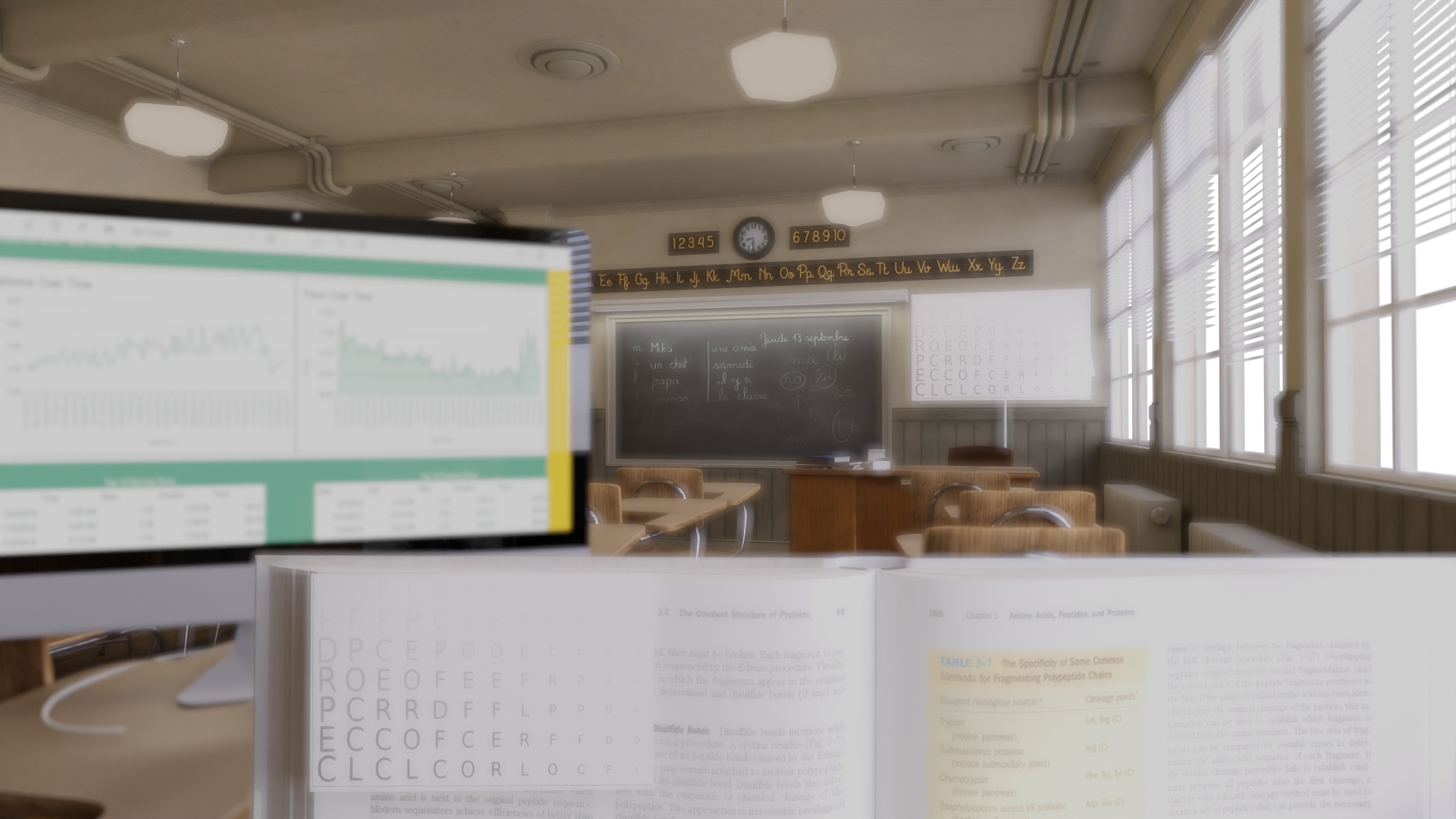The Truth about Eye Vitamins
If you have ever wandered down the multivitamin aisle at a grocery store, you’ve probably had the same thought most eye doctors secretly have:
Wait… should I be taking these?
It’s a wall of bottles with names like Focus Select, MaxiVision, VitEyes, and of course the celebrity supplements of the eye world: PreserVision AREDS2 and Vitalux Advanced. The labels sound urgent enough that you half expect your retina to fall off on the spot if you walk away empty-handed.
This leads to some normal questions:
Is everyone else is taking these? Am I being irresponsible by not?
So let’s walk through the story behind these eye vitamins. Because once you trace where they came from, why they contain those giant doses, and who they were actually proven to help, the answer to the original question becomes surprisingly simple.
Hint: almost no one needs them.
The Origin Story: Not All Vitamins Are Created Out of Boredom
Breakfast
To naturally obtain the same levels of nutrients as an AREDS2 formulated multivitamin, your daily meal plan would include:
1 lb of cooked spinach (~4 bags)
4 oranges
1 cup of strawberries
Most supplements at the drugstore were created the same way new smoothie flavors are created. Someone thought, hm, maybe people will like this.
Most eye vitamins (at least the ones that say AREDS) are different. They exist because the U.S. National Eye Institute ran two massive clinical trials spanning decades, called AREDS and AREDS2. These studies tested whether flooding the body with certain vitamins could slow the progression of age related macular degeneration (AMD), one of the leading causes of vision loss in older adults.
These vitamins were not chosen because they sound nice. They were chosen because earlier hints suggested oxidative stress might be part of AMD. Researchers wanted to see if high dose antioxidants and zinc could help. So they picked doses far bigger than anything found in a normal diet. For example:
Vitamin C in AREDS2: 500 mg
Average diet: ~75 to 100 mg
Zinc in AREDS2: 80 mg
Average diet: ~10 mg
Lutein in AREDS2: 10 mg
Average diet: ~1 mg
None of these doses are nutritionally realistic. You would need a heroic, borderline fictional amount of spinach, almonds, and oysters to reach them through food. These are therapeutic doses, not lifestyle doses.
What the AREDS Studies Actually Found
Here is the key part people often misunderstand.
The AREDS formula works. But only for one very specific group.
According to the trials AREDS and AREDS2 supplements lowered the risk of progression to advanced AMD by about 25 percent, but only in people who already had:
• intermediate AMD
or
• advanced AMD in one eye (but not yet in the other eye)
That’s it. That’s the entire group. If you’ve had your eyes examined in the last year or so, you’ll definitely know if you fall into either of those groups.
People with early AMD? No benefit.
People with no AMD? No benefit.
People with a family history of AMD but healthy retinas? Still no benefit.
In fact, AREDS2 deliberately excluded people with no or early AMD because earlier results showed the vitamins did nothing for them.
It’s like starting cholesterol medication when your cholesterol is normal. Best-case scenario: nothing happens. Worst-case scenario: you create a problem you didn’t start with.
Lunch
To naturally obtain the same levels of nutrients as an AREDS2 formulated multivitamin, your daily meal plan would include:
12 raw oysters
1 cup of broccoli
So Why Are These Supplements Everywhere?
Because once something is proven to help a specific disease group, the marketing department usually shows up with a megaphone.
Add a shiny label, a name like “Eye Health Formula,” and place it next to the daily multivitamins and boom. Suddenly everyone thinks they should be taking it.
Even eye doctors feel this. There is something strangely guilt-inducing about walking past a bright orange bottle named PreserVision. It practically whispers, “Are you doing enough to preserve your vision that you rely on so much?”
But here is the truth that gets lost in the supplement aisle:
AREDS vitamins were not designed for the general population.
They were tested on, and intended for, a very specific medical group.
The Zinc & Copper (and Vitamin E) Question
(Or: Should Your Supplements Contain More Metal Than a Hardware Store ?)
Another reason not to casually take these vitamins: zinc overload.
AREDS2 contains 80 mg of zinc, which is roughly double the safe upper limit for adults. It also includes copper, not because copper is magical for your eyes, but because without it the high zinc dose can actually cause copper deficiency. This nutritional balancing act makes perfect sense for people who need the supplement to slow AMD progression. It does not make sense for someone with healthy eyes or early, mild AMD.
And then there is the Vitamin E dose.
AREDS2 uses 400 IU, which is about forty to fifty times more than the average person eats in a day. You cannot get that from diet unless you are consuming avocados by the crate or almonds by the kilogram. High-dose Vitamin E is not inherently harmful for everyone, but it is high enough that multiple studies have raised questions about long-term safety in the general population, including a small increased risk of hemorrhagic stroke at very large doses over many years.
So taking AREDS2 “just in case” means mega-dosing zinc, copper, and Vitamin E every single day for no proven benefit. There is no reason to do this unless your retina is already showing the specific, moderate AMD changes the formula was designed for.
Dinner
To naturally obtain the same levels of nutrients as an AREDS2 formulated multivitamin, your daily meal plan would include:
2lbs of almonds
6oz of beef
Then What Should Everyone Else Do?
If you want to protect your eyes and you don’t fall into the AREDS2 group, the evidence points to four far simpler strategies:
Eat leafy greens regularly
Don’t smoke
Maintain a healthy lifestyle
Stay on a schedule of regular eye exams that use retinal imaging and OCT for a full picture of eye health
That’s it. The boring stuff. The stuff you’ll never see on a flashy supplement bottle.
The Bottom Line: The Truth Beneath the Vitamin Aisle
The supplement aisle is designed to make you feel like you are one capsule away from preventing every disease known to humanity. But the truth is far more straightforward.
Eye vitamins like AREDS2 are incredibly useful for the exact group they were designed for: people with intermediate AMD or advanced AMD in one eye. They can help preserve vision and slow disease progression.
But for everyone else, they are unnecessary, unhelpful, and sometimes even excessive.
If you’re not sure which category you fall into, an exam with an optometrist or ophthalmologist will answer that quickly.
And once you know the real story behind AREDS2, you can walk past the supplement aisle without feeling guilty. You are not neglecting your eyes. You are simply following the science.
If after reading all this, you have decided you love the AREDS2 formula so much that you’d rather eat it than take it as a supplement, and tried to hit those targets using the mega-meal plan above, congratulations: in addition to meeting your AREDS2 goals, you also just downed roughly 10,700 calories, 340 grams of protein, 850 grams of total fat, 75 grams of saturated fat, and 95 grams of sugar.
Dr. Robert Burke is an optometrist at Calgary Vision Centre. The thoughts, opinions, and analogies shared above are intended for education and entertainment purposes only (think of them like a friendly explainer, not a personal consultation.) Every set of eyes is different, and the right testing protocol depends on your specific vision needs, health history, and lifestyle. So if you're experiencing symptoms or just have questions about your vision, don’t rely on internet content alone, talk to your optometrist or health care provider directly. We’re here to help, but nothing beats an in-person exam with someone who knows your eyes.





















